T4K3.news
Fed minutes show tariffs shaping inflation risk
Fed officials hold rates steady while weighing tariffs and inflation in a cautious policy path.
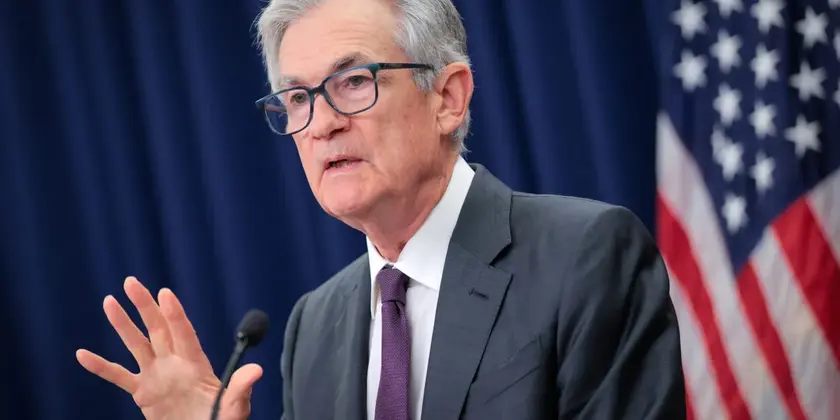
Fed officials treat higher tariffs as a rising risk to inflation while keeping policy rates steady.
Fed minutes weigh tariffs on inflation as rates stay unchanged
Washington, AP — The minutes from the Federal Reserve’s July meeting show most policymakers viewed the threat of higher inflation as a bigger risk than the possibility of job losses, which helped the central bank hold its key rate at about 4.3 percent. They noted that higher tariffs have become more visible in the prices of some goods, but their overall impact on the economy and inflation remains unclear.
Two members dissented in favor of a rate cut, while Chair Jerome Powell signaled that it could take significant time to assess whether tariffs are nudging inflation higher. The minutes underscore the Fed’s caution as it waits for clearer data on how trade policy will feed into prices. The typical link between rate moves and borrowing costs remains in play, with the central bank mindful of a moving political and economic target in Washington.
Key Takeaways
"the effects of higher tariffs had become more apparent in the prices of some goods"
From the minutes indicating tariff pass through to prices
"threat of higher inflation was a greater concern than the potential for job losses"
Policymakers prioritizing inflation risk over employment concerns
"it might take significant additional time for the Fed to determine whether Trump’s sweeping tariffs are boosting inflation"
Powell remarks about the pace of assessment of tariff impact
"two members of its governing board dissented in favor of a rate cut"
Dissent in the voting on the rate decision
The minutes reflect a policy stance built on patience in the face of a trade policy that could quietly lift inflation. Officials exchange a desire to see more price signals before easing, even as tariffs add a new layer of uncertainty to the inflation outlook. This is a reminder that monetary policy now operates in a wider policy arena where trade actions can complicate the reset path for rates.
For markets, the message is simple: data, not rhetoric, will decide the pace of any future moves. If tariffs persist in lifting prices, the Fed may keep rates higher longer or delay cuts, which could ripple through mortgages, auto loans, and business investment. The outcome hinges on how quickly inflation cools and how trade policy evolves.
Highlights
- the effects of higher tariffs had become more apparent in the prices of some goods
- threat of higher inflation was a greater concern than the potential for job losses
- it might take significant additional time for the Fed to determine whether Trump’s sweeping tariffs are boosting inflation
- two members of its governing board dissented in favor of a rate cut
Tariffs and inflation risk risk
The article centers on tariff policy and its impact on inflation, a politically sensitive topic that could draw public and investor backlash. The discussion involves budget and economic policy considerations tied to President Trump’s tariffs.
The path ahead will depend on data and the pace of trade policy changes.
Enjoyed this? Let your friends know!
Related News
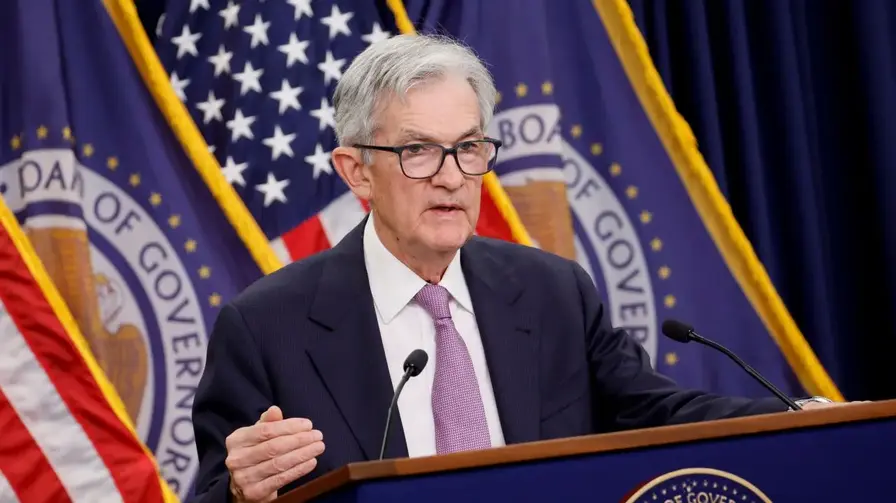
Fed holds rates steady amid tariff inflation risk
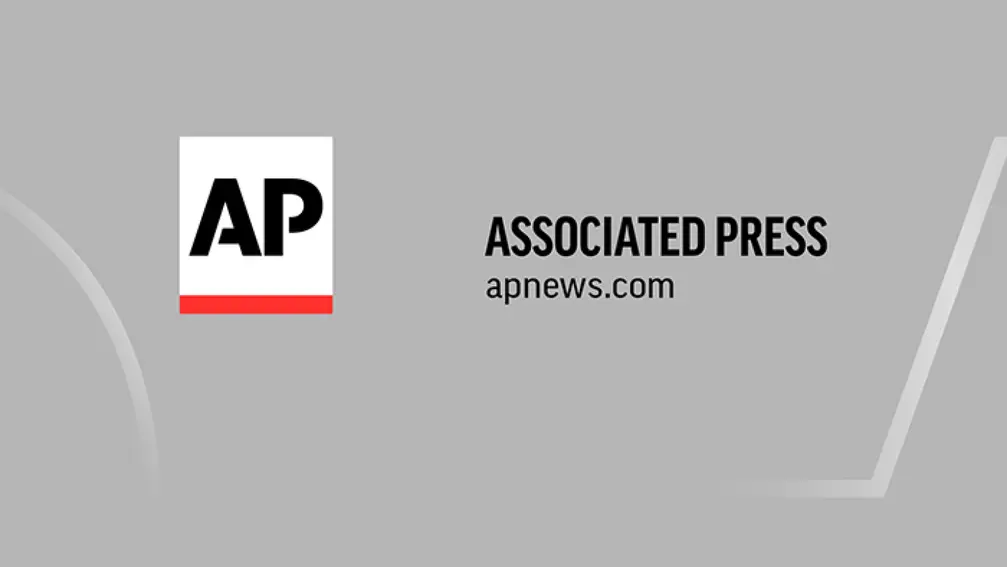
Fed minutes show inflation risk guides policy

Bitcoin Falls as Inflation Fears Grow and Markets Drop
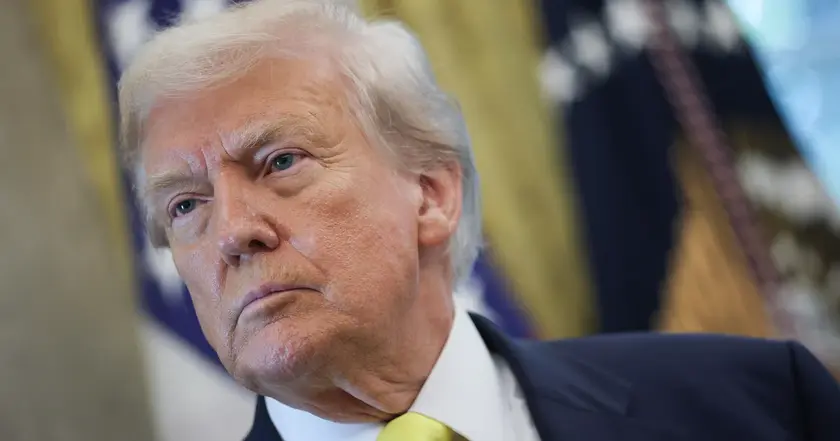
Tariffs and growth under pressure
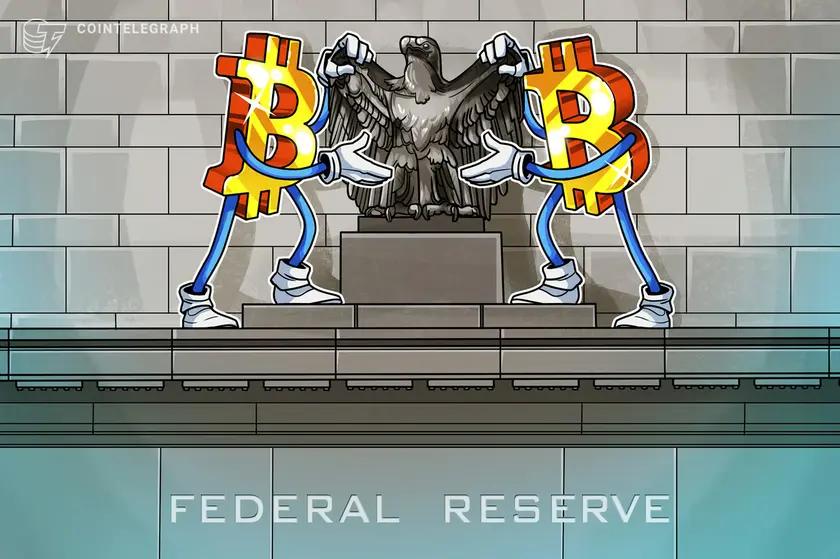
Bitcoin price path hinges on Fed policy decisions
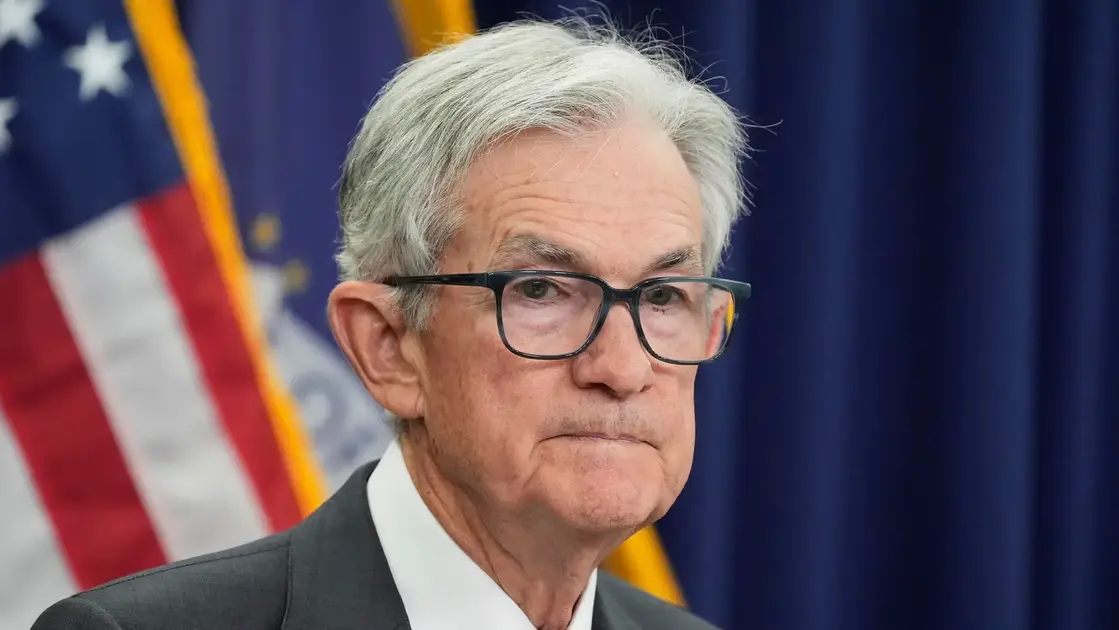
Powell Under Pressure Shapes Fed Jackson Hole Moment

Trump presses for Cook resignation to shape the Fed
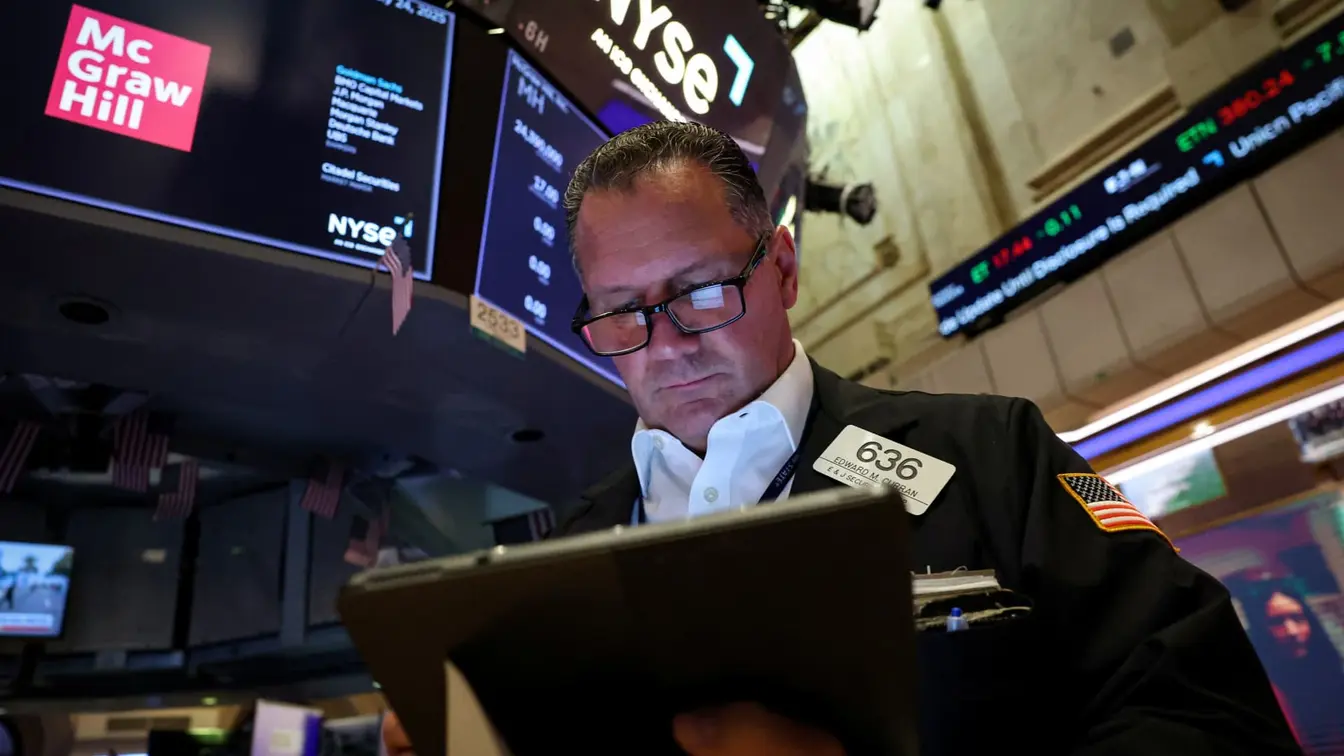
Powell speech sets tone for rate path
